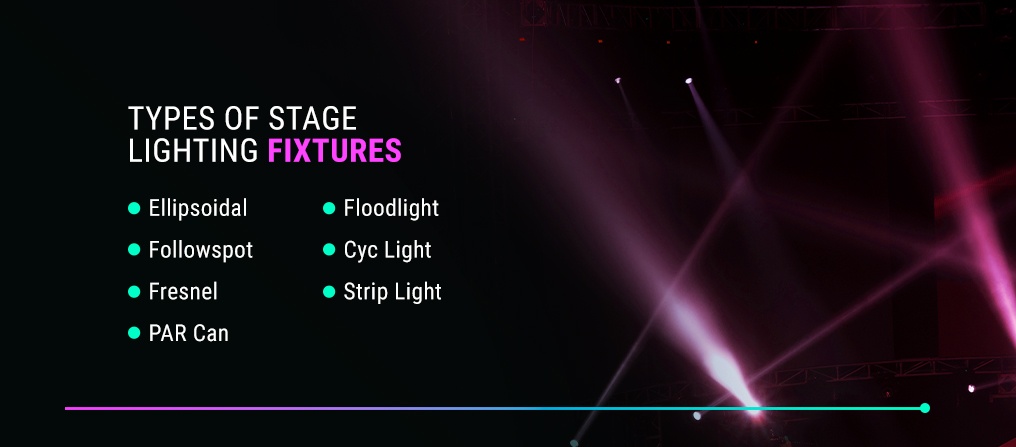

My first professional mentor, Gilbert Hemsley, used to design light plots that would have many unassigned fixtures. If you know how many hours you have allotted to focus, simple mathematics will inform you on many lights you can hang. Once the plot is hung and circuited, it takes an average of 90 seconds to focus each light. For some of my larger productions I use a crew of about ten. It takes several electricians many hours to adequately hang and circuit a light plot. You cannot use more lights than the electrical and dimming capacity of your facility.įinally, you can't hang and focus lights without time and help. Power is another consideration when you specify the number of fixtures. This alone could limit the number of fixtures you hang. This is critical when it comes to the safety of your crew and congregation. You must also figure on how much weight (cable and fixtures) your lighting positions can hold. Plus, by writing fewer light cues, you have more time to finesse and fine-tune the light cues you have already created. The number of cues you write pertains to what is necessary to tell the story, and as told in the next example, is usually affected by the time you have to actually create the light cues.

I have designed many shows, some with hundreds of light cues, and some with only a handful. Sometimes, creating one atmosphere will be enough to tell the story. They try to express everything the actors are saying through light. This is probably the most common mistake that young lighting designers make. However, if you are not careful with your cue writing, you may end up distracting the audience instead of supporting the story.

And it can be even more fun when you have the time to write a lot of light cues. I could have easily listed dozens more, but these may be the most important.

I believe that the difference between the rookie and the professional is that professional knows how to survive the mistakes.īelow are the top five common mistakes made by rookie lighting designers. When my editor assigned me this article, I thought, “Great! I am sure that I have countless stories to share with my readers concerning common mistakes that young lighting designers make.” However, after compiling several dozen, I quickly realized that even the most experienced lighting designers with hundreds of productions behind them still make mistakes. After teaching student lighting designers for over twenty-five years, I have witnessed hundreds of errors, many of them quite silly.


 0 kommentar(er)
0 kommentar(er)
